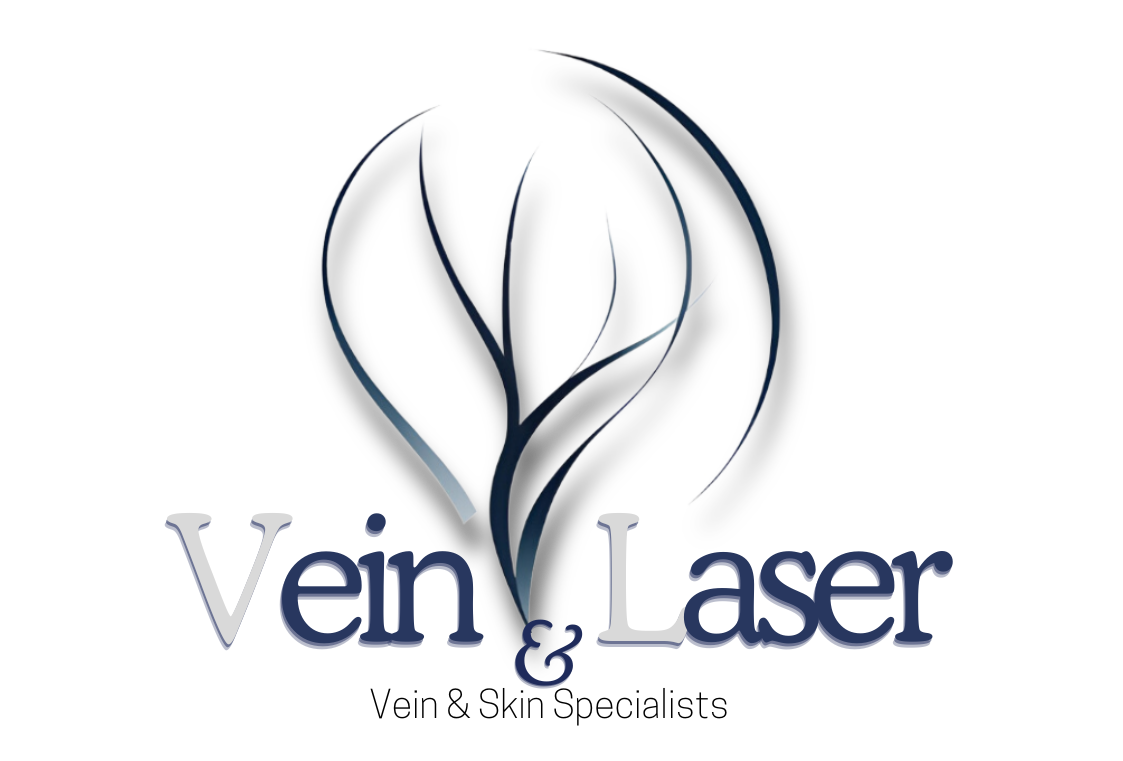 If you struggle with rosacea, you know how frustrating it can be to deal with the redness, flushing, and sometimes even bumps or pimples that come along with this skin condition. Fortunately, there is a solution that can help you say goodbye to rosacea for good – IPL photofacial. This innovative treatment has been proven effective in reducing the symptoms of rosacea and improving overall skin health. In this blog post, we will explore how IPL photofacial can help you achieve clear, glowing skin and say goodbye to rosacea once and for all. Reger Vein and Skin Specialist led by Dr. Gregg Reger provides IPL treatment to patients in The Woodlands, Spring and Houston TX.
If you struggle with rosacea, you know how frustrating it can be to deal with the redness, flushing, and sometimes even bumps or pimples that come along with this skin condition. Fortunately, there is a solution that can help you say goodbye to rosacea for good – IPL photofacial. This innovative treatment has been proven effective in reducing the symptoms of rosacea and improving overall skin health. In this blog post, we will explore how IPL photofacial can help you achieve clear, glowing skin and say goodbye to rosacea once and for all. Reger Vein and Skin Specialist led by Dr. Gregg Reger provides IPL treatment to patients in The Woodlands, Spring and Houston TX.
Understanding Rosacea and Its Impact on Skin Health
Rosacea is not just a cosmetic concern; it’s a chronic skin condition that affects an estimated 16 million Americans, manifesting as persistent redness, visible blood vessels, and in more severe cases, skin bumps and pimples on the face. Its root causes are not definitively known, but research suggests a mix of hereditary and environmental triggers can lead to its development. People with rosacea may notice that certain factors, such as sun exposure, hot or spicy foods, alcohol, and stress, can exacerbate their symptoms. Beyond the physical symptoms, rosacea can significantly affect one’s psychological well-being. Many individuals with rosacea report feelings of embarrassment and anxiety, which can lead to a decline in social interactions and impact their overall quality of life. The visibility of the symptoms, primarily on the face, can also affect professional interactions and self-perception, potentially leading to lowered self-esteem and, in more severe cases, depression. Understanding the multifaceted impact of rosacea is crucial in recognizing the importance of seeking effective treatments. It’s not only about managing a skin condition but also about restoring confidence and improving the quality of life for those affected. By addressing both the physical and emotional aspects, treatments like IPL photofacial offer a holistic approach to managing rosacea, helping individuals regain control over their skin health and, by extension, their emotional well-being.
What Is an IPL Photofacial and How Does It Work?
An IPL photofacial leverages the technology of Intense Pulsed Light to precisely address the underlying issues associated with rosacea. The procedure employs a range of light wavelengths that penetrate the skin at various depths. Unlike lasers, which use a single wavelength, IPL’s broad spectrum allows it to target multiple aspects of rosacea simultaneously. When the light energy is absorbed by the pigmented areas and blood vessels in the skin, it generates heat. This heat then works to constrict the blood vessels responsible for the visible redness characteristic of rosacea, effectively diminishing their appearance on the skin’s surface.
Moreover, this process triggers the body’s natural healing mechanism, promoting the production of new collagen. The increase in collagen not only aids in reducing inflammation but also contributes to an improvement in the overall texture and firmness of the skin. The versatile nature of IPL technology enables it to address not just the vascular components of rosacea but also the pigmentation issues that can accompany the condition, offering a comprehensive treatment solution.
The procedure itself is streamlined and efficient, with sessions typically lasting no more than 30 minutes. Patients experience minimal discomfort, often described as a light snapping sensation against the skin, thanks to the cooling features incorporated into most IPL devices. This aspect of IPL photofacial makes it a particularly appealing option for individuals seeking an effective, yet non-disruptive, treatment method for managing rosacea symptoms.
The Benefits of IPL Photofacial for Rosacea Treatment
Undergoing IPL photofacial therapy presents a multitude of advantages for individuals afflicted with rosacea. Key among these benefits is the substantial reduction in facial redness and the visible blood vessels that characterize this condition, leading to a more uniform and healthier-looking skin tone. This treatment extends beyond surface-level improvements, delving into skin structure by enhancing skin texture and promoting a suppler, more rejuvenated appearance.
One of the standout benefits of IPL photofacial is its role in collagen stimulation. This is crucial as increased collagen production can help mitigate the inflammatory processes associated with rosacea, while also working to diminish the presence of fine lines and wrinkles that can accompany aging skin. This dual-action effect not only addresses the immediate concerns of rosacea but also contributes to long-term skin health and vitality.
Additionally, the IPL photofacial process is known for its precision and effectiveness in treating the pigmentation issues that can occur alongside rosacea, offering a comprehensive approach to skin care. Unlike more invasive procedures, IPL treatments provide these significant benefits without the need for extended downtime. Patients can enjoy the results of clearer, more youthful-looking skin with minimal disruption to their daily routines.
This therapeutic option is a beacon of hope for those seeking to manage their rosacea symptoms effectively. By addressing the condition on multiple fronts—reducing redness, improving texture, and enhancing the overall health of the skin—IPL photofacial stands out as a powerful tool in the quest for clearer, more radiant skin.
Preparing for Your IPL Photofacial Treatment
Optimizing your skin for an IPL photofacial requires specific preparatory steps to ensure the best possible outcome and minimize potential risks. It is essential to shield your skin from the sun’s harmful UV rays for at least four weeks prior to your appointment. This precaution helps prevent any complications during the treatment process and enhances the effectiveness of the IPL technology.
Applying a broad-spectrum sunscreen daily, with an SPF of 30 or higher, is crucial during this period. Not only does this protect your skin from further damage, but it also maintains your skin in a healthier state, which can contribute to a more successful treatment.
Certain skincare products, particularly those containing retinoids, exfoliating acids, or any other potentially irritating ingredients, should be avoided in the week leading up to your treatment. These products can sensitize your skin, increasing the likelihood of adverse reactions to the IPL procedure.
Your healthcare provider may also advise you to temporarily discontinue the use of specific medications that could interfere with the treatment’s success or heighten sensitivity to the light therapy. It’s imperative to have an open discussion with your dermatologist about all medications you’re currently taking, including supplements and over-the-counter drugs.
By adhering to these guidelines, you can prepare your skin for the IPL photofacial, setting the stage for a smoother procedure and optimizing your results. This preparatory phase is as crucial as the treatment itself and plays a significant role in achieving your goal of clearer, rosacea-free skin.
What to Expect During and After the IPL Photofacial Procedure
When you arrive for your IPL photofacial session, the first step involves applying a cooling gel to the targeted areas of your skin. This gel helps to minimize discomfort and protect the skin during the treatment. As the procedure begins, your dermatologist will use a handheld IPL device to emit pulses of broad-spectrum light onto your skin. While the device is in motion, you might experience a sensation akin to the snap of a rubber band against the skin. Most patients find this sensation manageable, and the cooling features of the IPL device further alleviate any momentary discomfort.
Directly following the treatment, it’s common for the skin to exhibit mild signs of irritation, such as slight redness or swelling, akin to a mild sunburn. These symptoms are temporary and typically fade within a few hours to a day. Ice packs or a gentle, cooling moisturizer can provide relief and expedite the healing process.
Your dermatologist will provide specific aftercare instructions, which may include avoiding direct sunlight and using a high SPF sunscreen to protect the treated areas. It’s also advisable to steer clear of hot showers, saunas, and strenuous exercise for the first 24 to 48 hours post-treatment to prevent exacerbating any swelling or redness.
Most importantly, while immediate improvements are often visible, the full benefits of IPL photofacial for rosacea develop over several weeks as the skin heals and rejuvenates. Following your dermatologist’s guidelines will ensure you achieve the best results from your treatment.
Frequently Asked Questions About IPL Photofacial for Rosacea
Many individuals considering IPL photofacial for rosacea treatment have questions about the procedure. A common inquiry is about the number of treatments required. While individual experiences may vary, generally, patients notice significant improvements after undergoing a series of treatments, which are typically spaced several weeks apart to allow the skin to heal properly between sessions.
Concerning suitability, IPL photofacial can accommodate a wide range of skin types. However, it’s essential to have a thorough consultation with a dermatologist to assess if this treatment aligns with your skin’s needs, especially for those with darker skin tones, as they may experience different outcomes.
Regarding potential side effects, patients might experience temporary redness, swelling, or a sensation akin to a sunburn immediately following the procedure. These symptoms are usually mild and resolve within a short time frame. It’s crucial to follow post-treatment care instructions provided by your dermatologist to minimize discomfort and enhance the healing process.
For More Information contact Reger Vein and Skin Specialists in The Woodlands, TX
For more information on procedures and treatments offered by Board Certified Phlebologist Dr. Gregg Reger at Reger Vein and Skin Specialists please call 832-585-0090 or click here to contact our team. Helping patients in Houston, The Woodlands, Springs, Katy and other surrounding areas of Texas.

